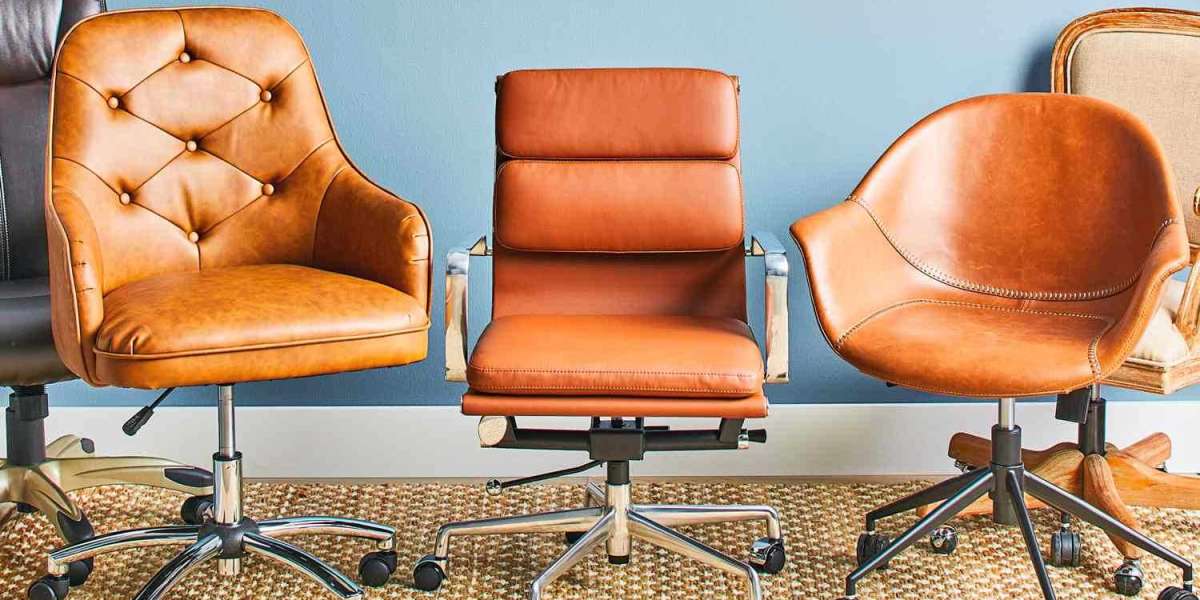As sustainability becomes a key focus for businesses and individuals alike, creating an eco-friendly workspace is an important step towards reducing environmental impact. Choosing sustainable office furniture and practices can not only benefit the environment but also improve employee well-being and create a healthier, more productive workplace. Here are some eco-friendly choices to consider for a greener workspace.
1. Sustainable Furniture Materials
Reclaimed Wood
Reclaimed wood furniture is an excellent eco-friendly option, as it repurposes wood from old buildings, barns, or furniture. This reduces the demand for new wood, minimizing deforestation and waste.
- Benefits:
- Adds character and uniqueness to the workspace.
- Environmentally friendly, reducing the need for new raw materials.
Bamboo
Bamboo is a highly sustainable material due to its rapid growth and renewability. It is durable, stylish, and versatile, making it a popular choice for desks, chairs, and shelving.
- Benefits:
- Grows quickly and regenerates easily, making it one of the most renewable resources.
- Lightweight but strong, offering a modern aesthetic.
Recycled Materials
Many office furniture brands now offer products made from recycled materials, including recycled metal, plastic, and wood. These materials reduce waste and energy consumption during production.
- Benefits:
- Diverts waste from landfills and reduces the need for new raw materials.
- Offers a modern, industrial look while being eco-conscious.
2. Low-VOC and Non-Toxic Finishes
Many conventional office furniture products are made with finishes that emit volatile organic compounds (VOCs), which can negatively impact indoor air quality. Opting for furniture with low-VOC or non-toxic finishes is a healthier choice for both employees and the environment.
- Benefits:
- Improves indoor air quality, reducing the risk of headaches, dizziness, and respiratory issues.
- Contributes to a healthier workspace environment by reducing exposure to harmful chemicals.
3. Durability and Longevity
Investing in high-quality, durable furniture is an eco-friendly choice because it reduces the need for frequent replacements. Furniture that is built to last minimizes waste and the environmental impact of manufacturing and transportation.
- Benefits:
- Reduces long-term costs by eliminating the need for frequent purchases.
- Minimizes environmental impact by reducing waste and conserving resources.
4. Energy-Efficient Lighting Solutions
Switching to energy-efficient lighting is one of the easiest ways to create a greener workspace. LED lights consume less energy and last significantly longer than traditional incandescent bulbs.
LED Lighting
LED bulbs use up to 80% less energy than traditional bulbs and have a longer lifespan, making them a sustainable lighting option for the office.
- Benefits:
- Reduces energy consumption and lowers electricity bills.
- Produces less heat, improving workplace comfort.
Task Lighting
Instead of illuminating an entire room with overhead lights, consider using task lighting, such as desk lamps, that provide focused light where needed. This reduces overall energy consumption.
- Benefits:
- Reduces electricity usage by only lighting specific areas.
- Improves focus and reduces eye strain for employees.
5. Sustainable Office Supplies
In addition to eco-friendly furniture, choosing sustainable office supplies can further reduce your workspace’s environmental impact.
Recycled Paper Products
Use paper products made from recycled materials, including printer paper, notebooks, and post-it notes. Reducing paper usage and opting for recycled options helps conserve trees and reduce energy consumption in paper production.
- Benefits:
- Reduces deforestation and energy usage in paper manufacturing.
- Contributes to a circular economy by repurposing waste materials.
Refillable Pens and Non-Toxic Markers
Refillable pens and markers reduce plastic waste by eliminating the need for disposable writing tools. Choose non-toxic markers for whiteboards to minimize exposure to harmful chemicals.
- Benefits:
- Reduces single-use plastic waste.
- Environmentally friendly and cost-effective in the long term.
6. Energy-Saving Office Equipment
Choosing energy-efficient office equipment can help reduce electricity consumption and lower your carbon footprint. Look for devices with the ENERGY STAR label, which signifies that the product meets energy efficiency guidelines set by the U.S. Environmental Protection Agency.
Energy-Efficient Computers and Monitors
Opt for energy-efficient computers, monitors, and printers that use less electricity without compromising performance.
- Benefits:
- Lowers energy consumption, reducing electricity bills.
- Minimizes the environmental impact of office electronics.
Power Strips with Timers or Auto-Shutoff
Use power strips that automatically shut off or have timers to reduce "phantom" energy use from devices left on standby mode.
- Benefits:
- Reduces energy waste when devices are not in use.
- Helps lower overall electricity usage in the office.
7. Green Office Practices
In addition to choosing sustainable furniture and equipment, adopting green office practices can further reduce your workspace’s environmental footprint.
Paperless Office
Encourage a paperless office by using digital tools for document sharing, signing, and storage. Cloud-based systems and e-signatures reduce the need for printing, saving paper and ink.
- Benefits:
- Reduces paper waste and office supply costs.
- Promotes more efficient document management and collaboration.
Recycling Programs
Implement recycling programs in your office to ensure that paper, plastic, glass, and metal waste is properly disposed of and recycled.
- Benefits:
- Diverts waste from landfills and reduces environmental impact.
- Creates a culture of sustainability in the workplace.
Green Cleaning Supplies
Use eco-friendly cleaning supplies made from natural ingredients that don’t contain harmful chemicals. These products are safer for both employees and the environment.
- Benefits:
- Improves indoor air quality by reducing toxic chemical exposure.
- Supports environmentally responsible cleaning practices.
8. Biophilic Design: Bringing Nature Indoors
Biophilic design incorporates natural elements into the workspace to promote well-being and sustainability. Adding plants, natural light, and outdoor views can enhance the office environment and improve employee morale.
Indoor Plants
Plants not only improve air quality by absorbing carbon dioxide and releasing oxygen, but they also add a natural, calming element to the workspace.
- Benefits:
- Enhances mood, productivity, and creativity in the office.
- Improves indoor air quality and reduces stress.
Natural Light
Maximizing natural light reduces the need for artificial lighting and creates a more pleasant, energy-efficient workspace.
- Benefits:
- Saves energy by reducing reliance on artificial lighting.
- Enhances employee well-being by improving mood and reducing eye strain.
Conclusion
Creating a greener workspace is achievable through thoughtful choices in office furniture, equipment, and everyday practices. By selecting sustainable materials, energy-efficient lighting, and adopting eco-friendly office habits, you can reduce your environmental impact while fostering a healthier, more productive work environment. Small changes, such as switching to recycled materials and energy-saving devices, can make a significant difference in creating a sustainable, eco-friendly office.








